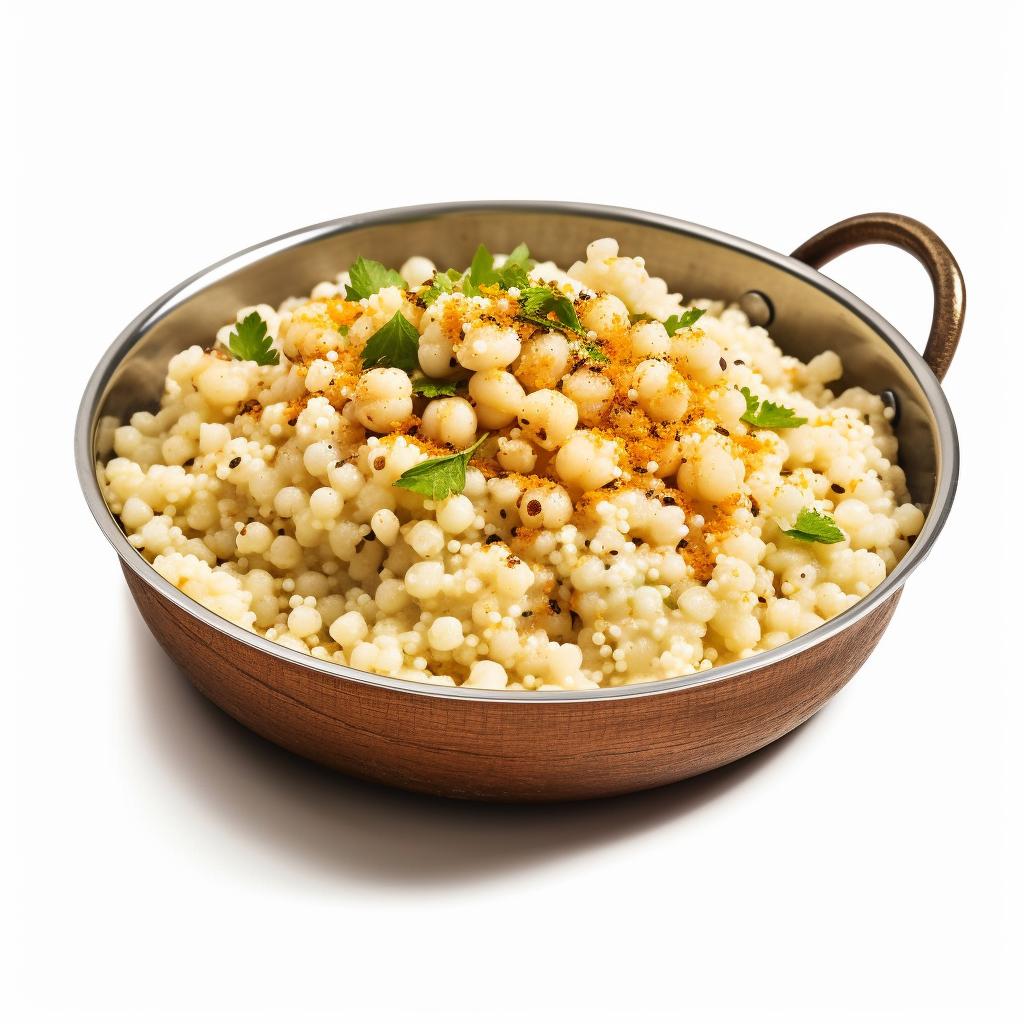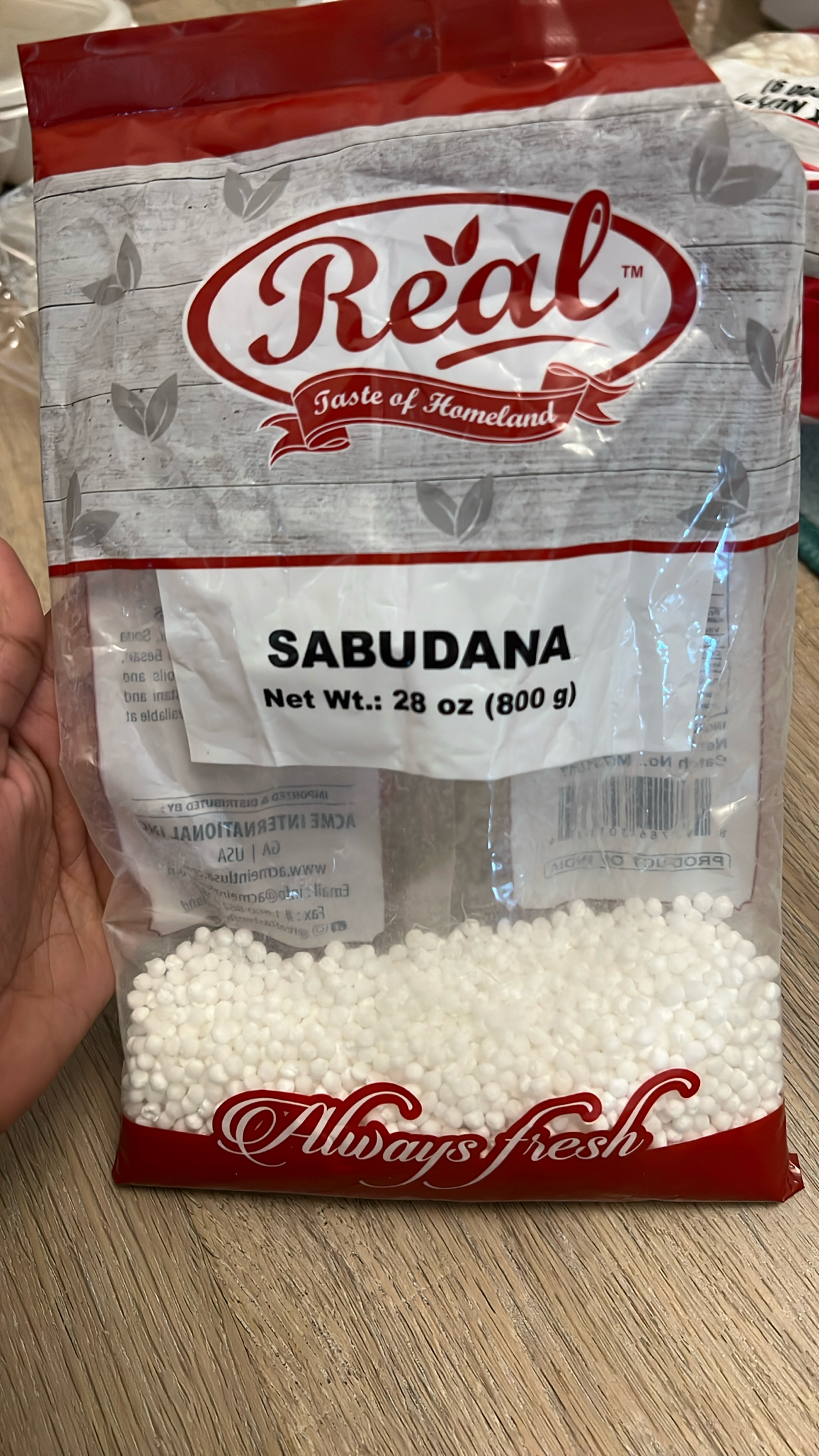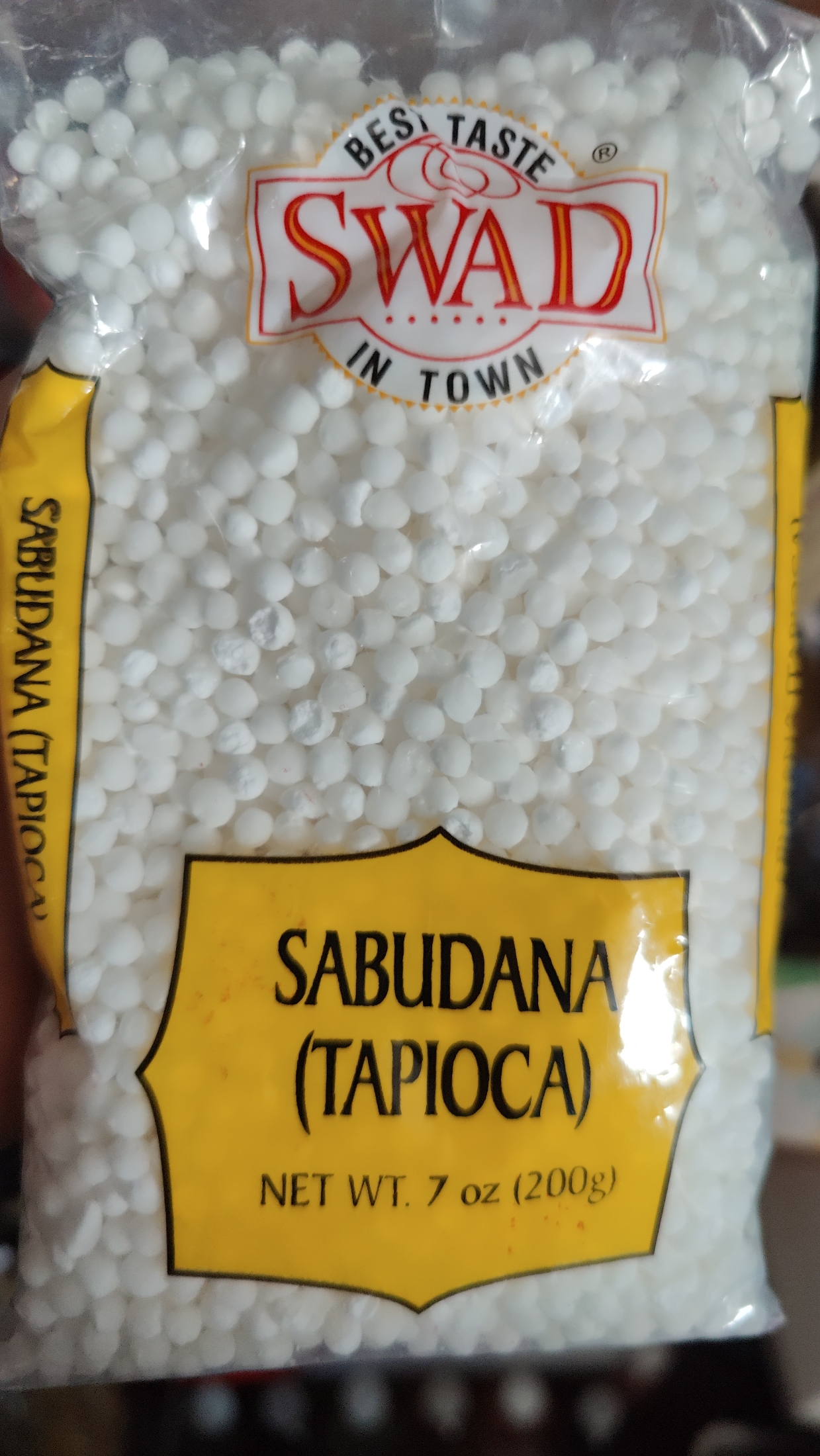Sabudana Khichdi
Sabudana Khichdi, a savory tapioca pearl dish, is a beloved staple in many Indian households. Typically consumed during fasting periods, this versatile meal can be enjoyed for breakfast or as a snack, providing a boost of light, easily digestible energy.
The dish consists of soaked sabudana (tapioca pearls), usually sautéed with a tempering of cumin, green chilies and other spices, and combined with softened potatoes and roasted peanuts for a balance of flavors and textures. It's a gluten-free option that satisfies taste buds while being easy on the stomach.
58%
CARBS
29%
FAT
14%
PROTEIN
3 Sabudana Khichdi Products
Sabudana Khichdi FAQ
Cooking Sabudana Khichdi is an art and requires a delicate balance of ingredients, soaking time, and cooking method. Common mistakes include soaking sabudana for too long, leading to mushy khichdi, or not enough, resulting in hard pearls. The tempering of spices should be just right, and the addition of other ingredients like peanuts and potatoes should be in correct proportion to avoid overpowering the main component, which is sabudana.
To get the most out of this dish, soaking the sabudana is key. Make sure to rinse the sabudana pearls under cold water to get rid of any dust or impurities, before soaking it for about 4-6 hours. If the pearls are still hard after that, they may require a bit more soaking time, perhaps an additional hour or two. After soaking, drain any excess water and leave the sabudana in a strainer for about 30mins, as this will help it become fluffier. Adding a bit of lemon juice at the end brightens up the dish, giving it a fresh and tangy note.
An interesting kitchen hack is to roast the peanuts and remove the skin before crushing them. Roasting them enhances their flavor, and crushed peanuts add a lovely crunchy texture to the otherwise soft and gooey sabudana. A little-known fact is that the dish can be made vegan by replacing ghee with vegetable oil.
Why is my Sabudana Khichdi turning out mushy?
Why are my sabudana pearls sticking together?
Can I make Sabudana Khichdi without ghee?
How do I make my Sabudana Khichdi more flavorful?
Do I need to rinse sabudana before soaking?
My sabudana pearls are still hard after soaking. What should I do?
Why is my Sabudana Khichdi turning out too spicy?
Can I prepare Sabudana Khichdi in advance?
How do I make my Sabudana Khichdi less sticky?
Can I add vegetables to my Sabudana Khichdi?
Health Info
Macros
39g
CARBS
19g
FAT
9g
PROTEIN
Allowed on these diets
LOW FAT
HIGH CALCIUM
VEGETARIAN
LACTOSE FREE
GLUTEN FREE
Contains these allergens
PEANUTS






